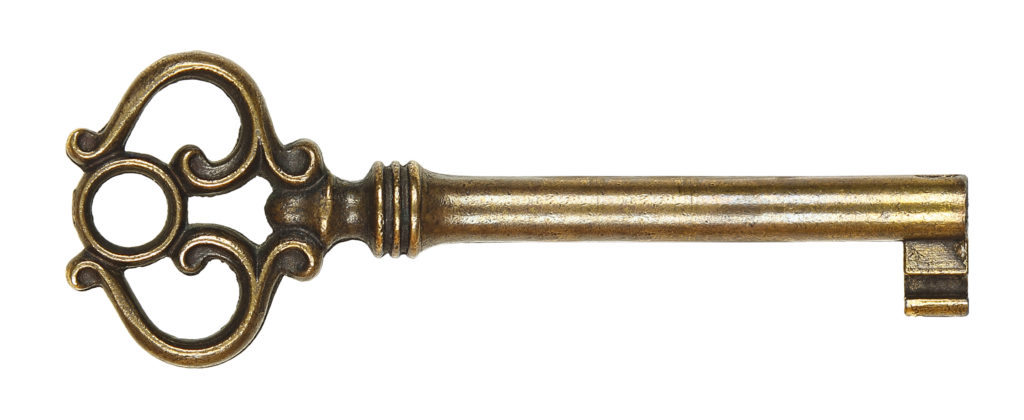The Key to Maximizing Nonprofit Gift Officer Portfolios

“How should our nonprofit distribute our potential donor list in a way that sets up each major gift officer for success, while still giving our organization the best chance to cultivate those gifts at the same time?”
This is one of the most common questions we get when talking with nonprofits about establishing a successful major giving program. Identifying potential major donors and determining in what stage of the process those relationships exist is easy compared to overcoming some of the internal challenges of maximizing your gift officer’s portfolio.
The Ideal Formula for Your Gift Officer’s Portfolio
After working with hundreds of nonprofit organizations, we’ve developed a formula to help you distribute your potential major donor list in a way sets up both your gift officers and your development department for success:
- 30 percent Discovery Prospects. These are potential donors with verified potential, but they’ve never met personally with a major gift officer.
- 40 percent Early and Mid-Cultivation Prospects. These are potential donors that your gift officers are currently engaging on a regular basis.
- 30 percent Ready to Solicit/Proposal Pending Prospects. These are potential donors who’ve been asked, but they haven’t yet finalized their major gift.
Depending on the distribution of the overall prospect pool, not all gift officers will have a perfectly balanced portfolio. For example, you may choose to give some younger gift officers more Discovery Prospects.
In addition, your portfolio mix should differ from one gift officer to another based on circumstances such as existing relationships or the geographic locations of the gift officers.
Once your portfolio assignments are complete, then you should be ready to set your major gift fundraising goal for the year.
What about existing major donors?
These donors are often considered “below the line,” meaning that prospects at the Stewardship Stage are included in the portfolio but do not count toward the portfolio size limit.
The first time you establish your portfolios, gift officers who’ve been around for some time may end up with a disproportionate number of Stewardship Prospects. However, maintaining too many of these relationships can have a detrimental impact on the gift officer’s ability to perform Discovery, Cultivation, and Solicitation. Therefore, it is best to keep the number of Stewardship Prospects to a minimum (fewer than the number of Discovery Prospects).
How to set up your major gift officers for success
Diversifying their portfolios isn’t the only thing you should do to set up your major gift officers for success. They must be able to strike a balance between having a firm understanding of the organization’s vision and having the ability to effectively communicate that vision, with individual performance metrics to ensure the results that drive success.
Are you issuing an RFP to find a partner to help take your fundraising program to the next level? We’d love to be considered! As an agency built by fundraisers for fundraisers, Pursuant has helped hundreds of organizations raise billions of dollars through our direct response, direct mail, digital, and analytics services. Reach out to a member of our team here or email us at info@pursuant.wpengine.com.
